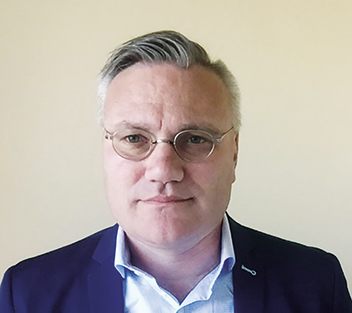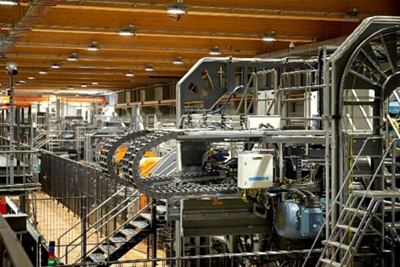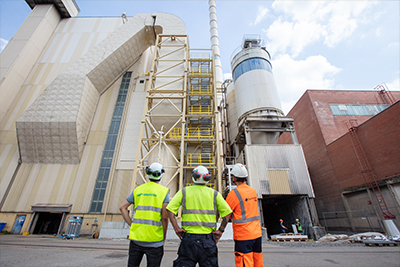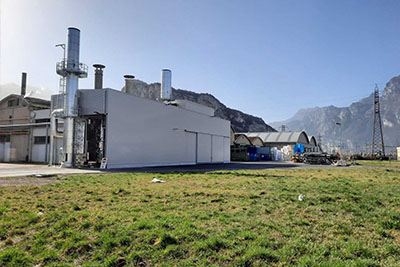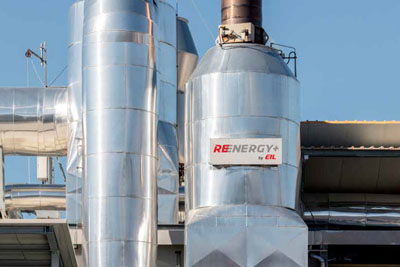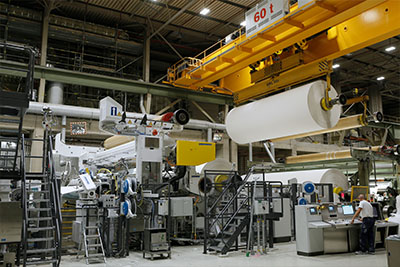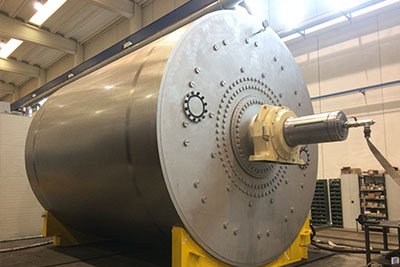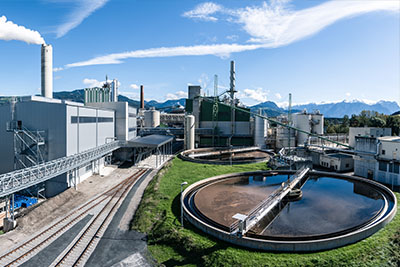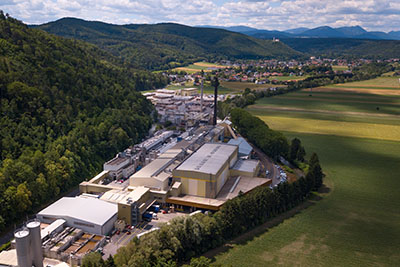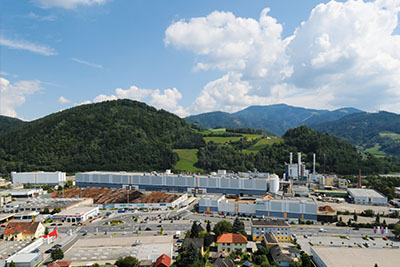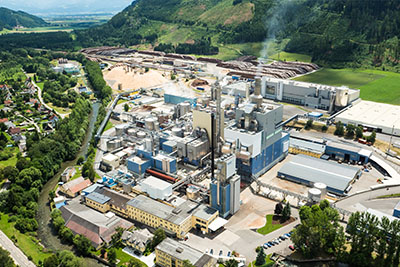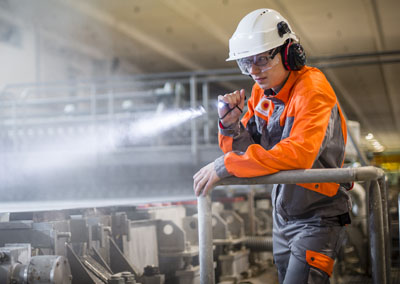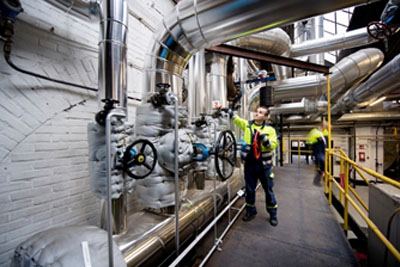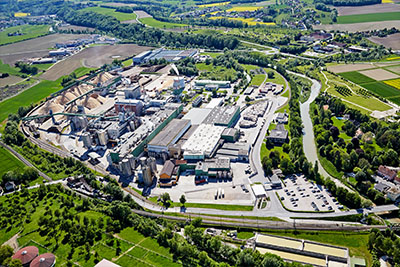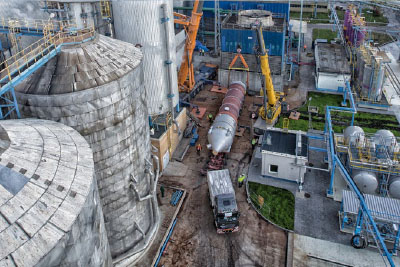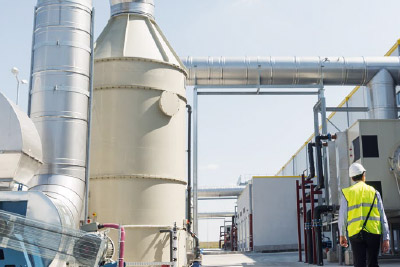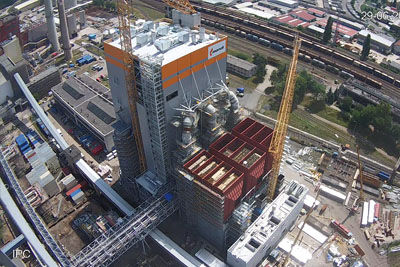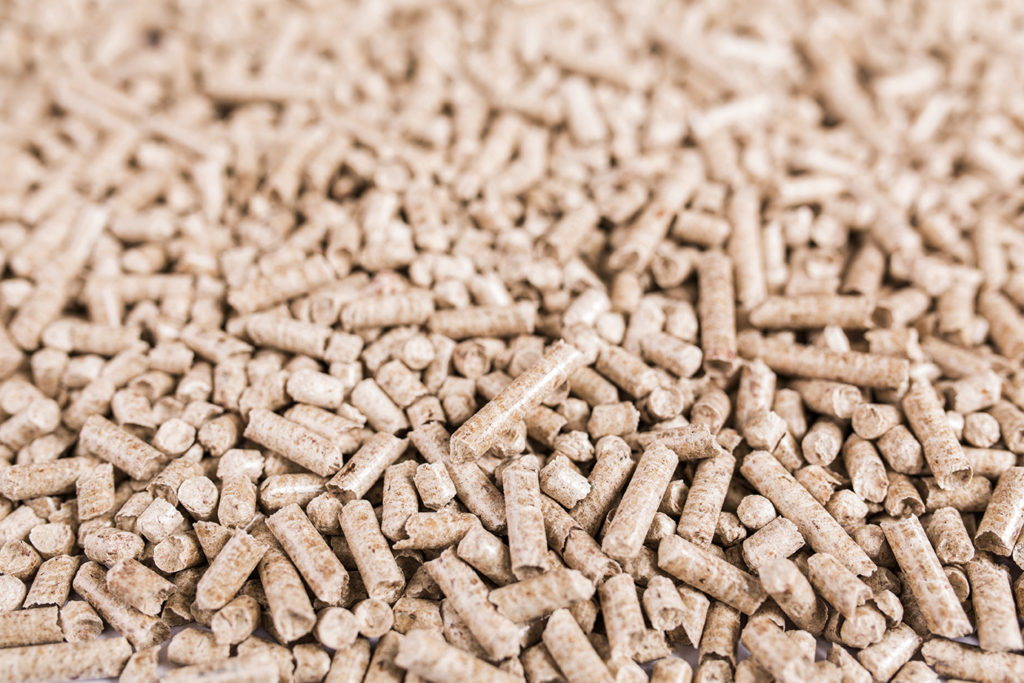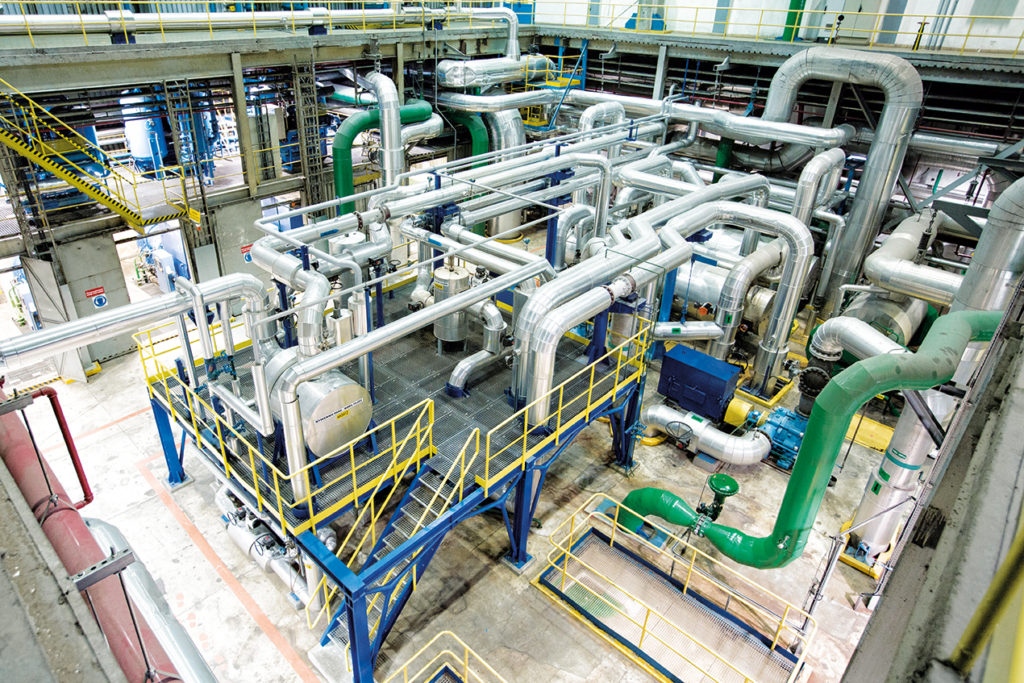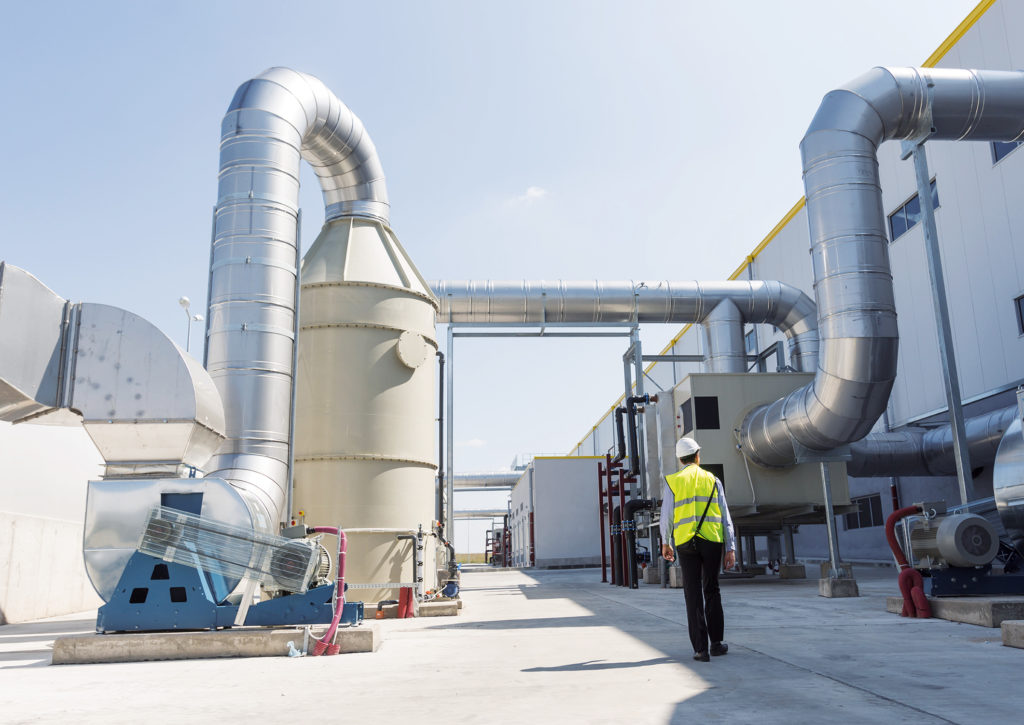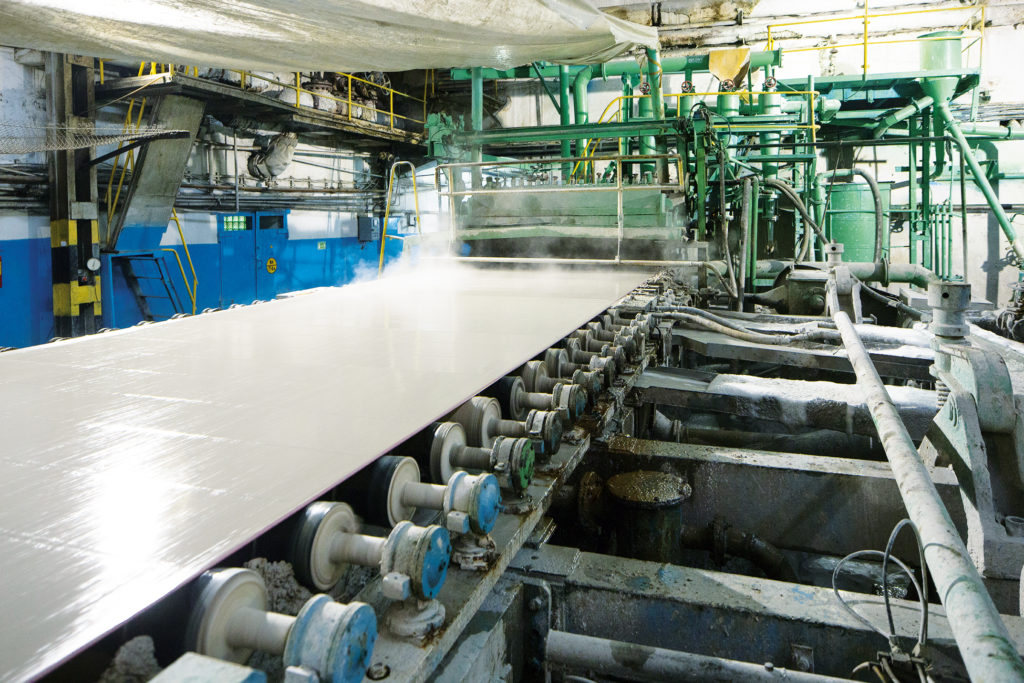Project Description
Some of the biggest challenges when recycling paper are the outlets for deinking sludge and trash. Today, sludge is transported to cement and brick factories to serve as filler, or used in landspreading for soil improvement. The ultimate circular solution for such sludge is to have a small-footprint installation in the paper mill that transforms the sludge into carbon-neutral fuel and reusable high brightness fillers (CaCO3). This would also avoid the emissions and traffic from transporting sludge.
SCA, Alucha and the University of Twente have developed a pyrolysis installation for deinking sludge. The concept of the pyrolysis reactor was developed by Alucha. SCA supported the first test in a small pilot unit at the university, to confirm the unique design of the reactor. With successful results, it was decided to scale up to a medium-sized industrial installation with a capacity of 100kg/h. Ongoing tests confirm the process’s reliability and mass and energy balances, allowing SCA to plan on scaling up to a large industrial installation.
Project Purpose
Develop a robust industrial-scale pyrolysis facility for deinking sludge, with a profitable energy balance and mass balance. Ensure the minerals retain calcium carbonate at such purity that it can be reused in the paper industry. Key benefits: relatively low capital investment and small footprint; end sludge transport; reliable, cost-efficient and independent solution for deinking sludge; true circular economy solution.
Project Evaluation
Profitable energy balance: the process is auto thermal and has 50% excess energy, which can be used to generate carbon-neutral steam, replacing a mill’s fossil fuel usage by up to 20%.
Value is generated in three areas in the project: avoiding sludge removal costs, selling the recovered minerals and avoiding the costs and CO2 emissions of fossil fuels. Additional benefits are cleaner air and less traffic from sludge transport. Overall, the investment has achieved a calculated payback period of less than three years. The next step is to upscale to a large, industrial unit of 1.5 tonne/h and implement this technology in all our recycled fibre mills, around the world.
